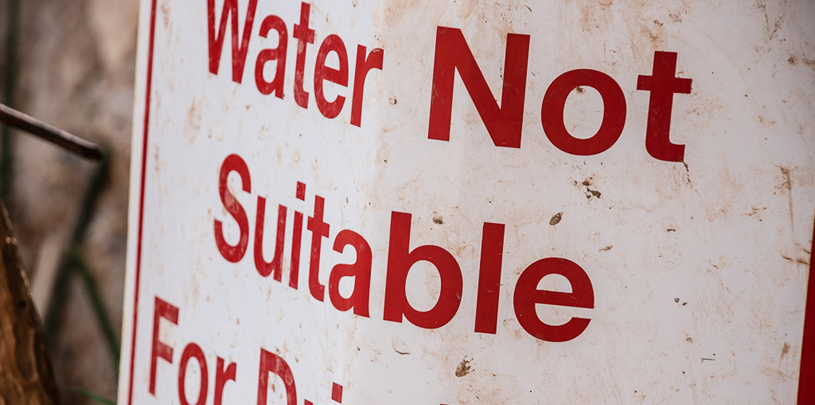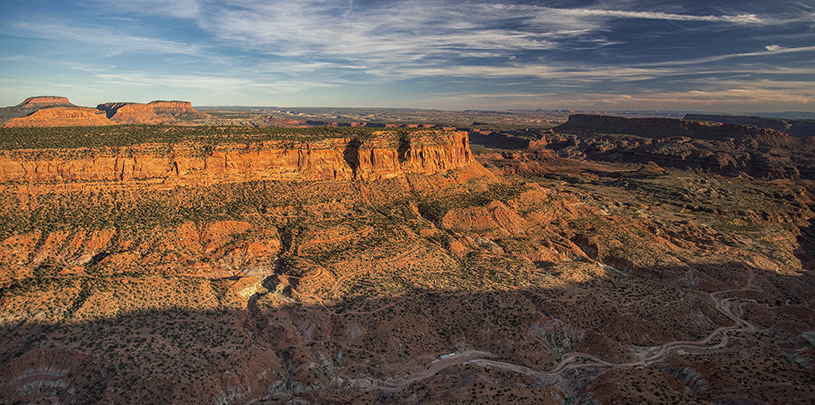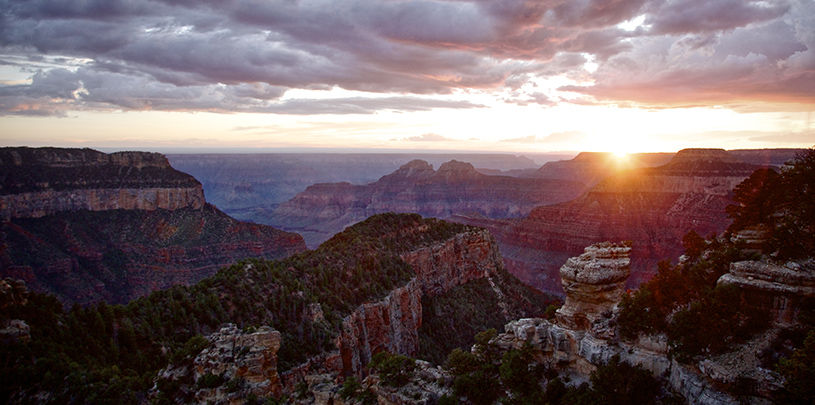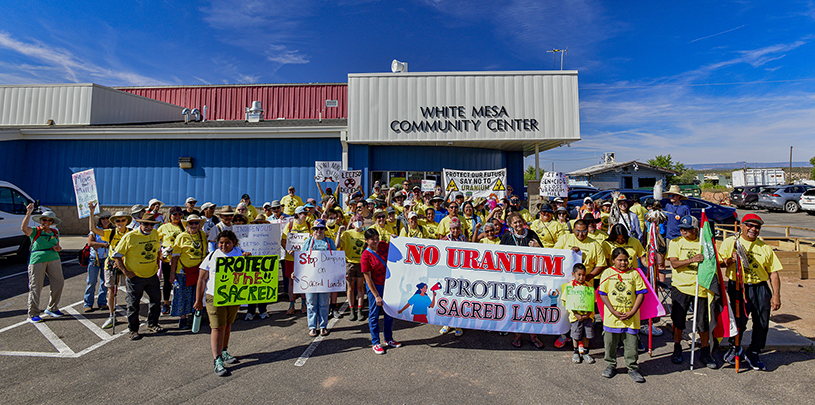
This week, over one million gallons of toxic mine waste spilled into the Animas River, turning its flows an eerie orange. The cause? An inadequately reclaimed gold mine upstream in Silverton that the Environmental Protection Agency (EPA) was investigating due to increased acid mine drainage. EPA’s activities triggered a spill that cascaded into the Animas, and is now flowing downstream to Bluff, Utah and the San Juan River and then downstream into the greater Colorado River system.
The public health and environmental costs are yet unknown.
The Animas River remains closed and county officials say that health risks remain high. EPA regional director Shaun McGrath told Durango residents that the spill may result in long-term downriver impacts that could lead to possible closures in years to come. Impacts to the Lower Basin and the imperiled endangered fish living in the San Juan River are unclear as the contaminated pulse flow moves downstream. Bluff and its sleepy river community anxiously await the slow-motion disaster’s arrival.
What is Durango without the Animas? What is Bluff without the San Juan? What is the Grand Canyon without its seeps and springs? There is no life in this desert country without water.
As Durango residents line the Animas watching the river turn orange and a toxic sheen coats the banks, we must ask ourselves whether this is the future we want for our region. History will repeat itself without action. When we sacrifice our most precious water resources to irresponsible industry, we render our arid region unlivable.
And today – as the contaminated pulse of mine waste flows downstream – Energy Fuels is beginning operations at the Canyon uranium mine. Despite being only six miles from the Grand Canyon’s south rim, the Canyon Mine lacks a rigorous well-monitoring program. The Canyon Mine has no consistent system to test water quality in mine seeps, and there is no regular spring monitoring intended to detect or prevent radiological contamination of the Grand Canyon’s water resources. Already, the USGS has found dozens of the Grand Canyon region’s seeps and springs contaminated by the legacy of uranium mining.
The waters of Horn Creek are already too contaminated to drink due to the Orphan uranium mine on the Grand Canyon’s south rim. That the Horn Creek contamination is colorless – and thus not as dramatic looking as the Animas River spill – makes it no less a cause for concern. How many more springs, seeps, and creeks are we willing to lose? And with radioactive contamination, the loss may be for thousands of years.
The Grand Canyon Trust is asking for improvements to the obsolete rules that govern uranium mining. Long-term groundwater monitoring and enforceable reclamation deadlines are entirely reasonable requirements for an industry that could permanently damage one of our most awe-inspiring and sacred landscapes. It’s the least we can do to protect the Grand Canyon and the Colorado River Basin – the lifeblood of the American West. And this week, the Animas shows us that the cost is far too high not to act.
You can help protect the Colorado River in the Grand Canyon from toxic uranium contamination. Sign the petition ›
In the News:
When our river turned orange – High Country News
The toxic Colorado river spill and the menace of old hard-rock mines – Los Angeles Times
Catastrophe on the Animas – The Durango Herald
EPA says it released 3 million gallons of contaminated water into river – NPR
EPA: Pollution from mine spill much worse than feared – USA Today
Environmental agency uncorks its own toxic water spill at Colorado mine – New York Times




